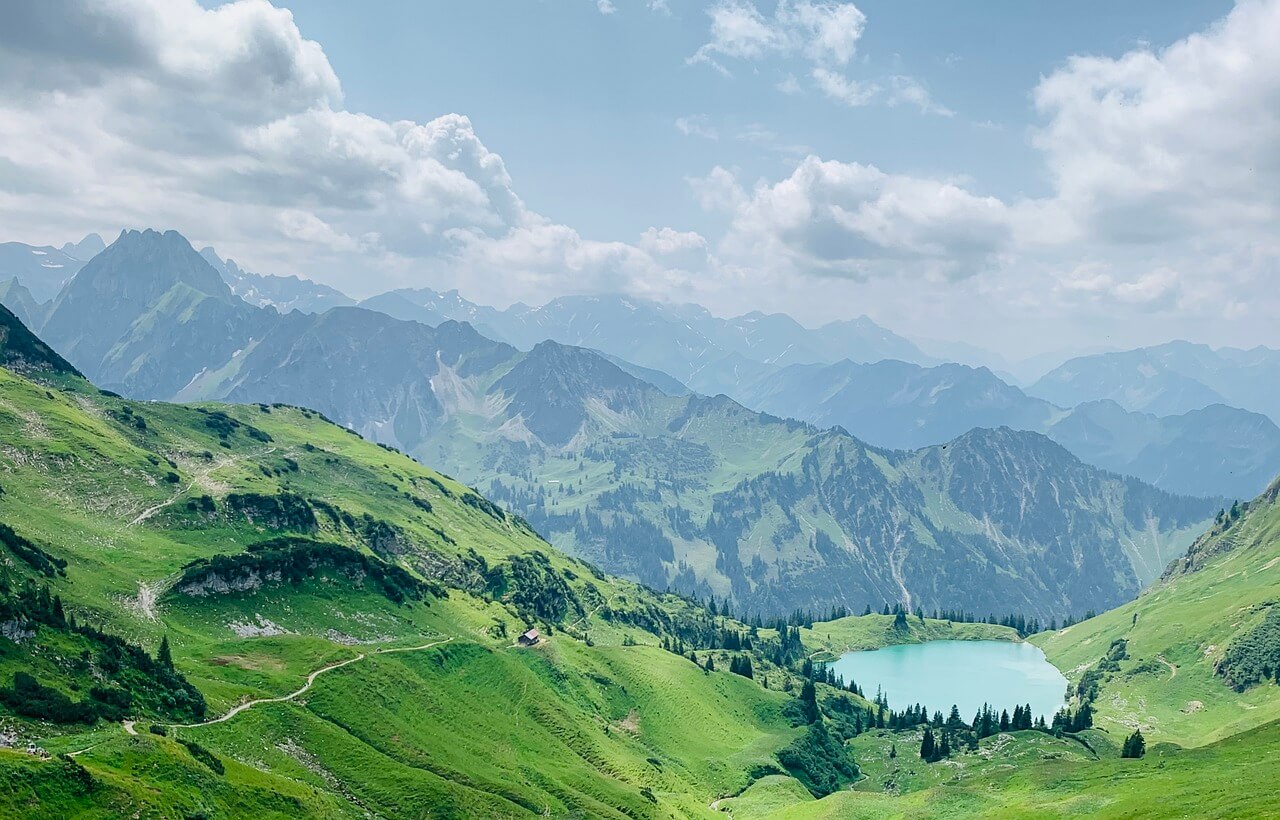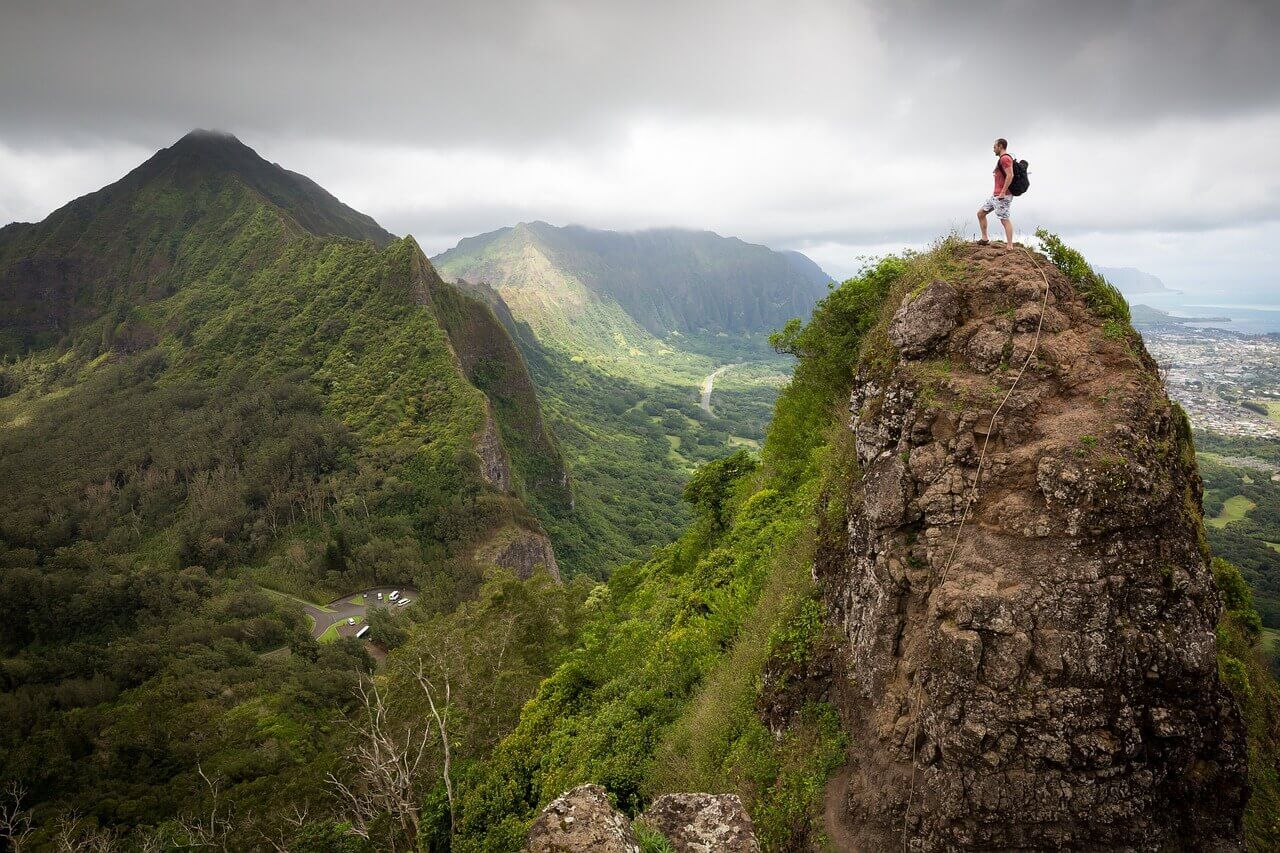Between Clouds and Bread

Planning the roadtrip to visit the entrepreneurs of the Neovolcanic Axis was quite an adventure: five states, seven locations and 1,400 kilometers of biocultural richness awaited us. After sharing many hours of virtual learning, we were fortunate enough to go out and tour the Central Region of Mexico hand in hand with their hosts.
Thus we arrived at San Francisco La Albarrada, a small town located 24 kilometers from Valle de Bravo, in the state of Mexico. The morning of the first Sunday of March welcomed us with a cool breeze and clear skies. Adrián and Jesús, two enthusiastic young men who are venturing into nature tourism, introduced themselves to the group and narrated the history of the place. The town, also called ranchería, was born and grew around farming and mining. However, in recent years, tourism has gradually changed the daily life of the site.
La Albarrada has one of the best paragliding take-off runways in the country, which allows cross-country flights of up to 100 kilometers and reaches altitudes of over 2500 meters above sea level. The annual stability of its weather conditions and the imposing Peñón del Diablo, give the area the potential to excel in this area, even hosting international tournaments.

While aerial activities are the main reason that draws travelers to the town, this little Mexican village has well-kept secrets that our local guides were happy to share. One of them, perhaps the one that stayed in my heart the most, is Doña Chenta's artisan bread and all that it entails.
Inocenta Osorio and Emilio, her husband, welcomed us at the threshold of their home. Between the clucking of chickens and an exchange of smiles, they invited the group to enter their workshop, that incredible space where they make art with their hands. The smell of firewood and a mixture of aromas that I could not decipher welcomed us and our hosts. Then I realized that not only my sense of smell was in ecstasy, all my senses seemed to awaken suddenly.

It was in this state of awe and absolute presence that I set out to listen to Miriam, daughter of Inocenta and Emilio. Despite her great sense of belonging and love for the family tradition, Miri had the initiative to train and explore another profession. She currently works as a teacher and promoter of artistic education in Cuautitlán Izcalli. However, the pandemic gave her the opportunity to return to her home in La Albarrada and, while she teaches her classes virtually, she helps with the family task of baking bread.
"Baking bread relaxes me, it connects me with the present moment and with the tranquility of my home, of my village," Miriam shares with us. "The city, you know, has a different rhythm, more stressful...". Sharing this feeling with Miri, I asked her if she would like to take advantage of the new scenario posed by the coronavirus to stay with a hybrid or totally virtual modality and also dedicate herself to tourism. "I had never really thought about it, but yes, it is something that motivates me. La Albarrada is like a magical small town. It has many things, and tourists already come to the town for paragliding, but they don't stay there..."
We continued talking with Miriam while Doña Inocenta handed us some dough balls to make our own dough balls. Lasloyosthe typical bread of the region that is distinguished from others because it is filled with piloncillo. Guided by this humble expert, we kneaded, baked and, obviously, tasted the sweet bread made with firewood at Chenta's house. An unforgettable experience.
After an emotional farewell, we left to continue exploring other local corners. Nevertheless, my mind stayed there, at the Osorio's house. Miriam's charisma and leadership, together with the potential that La Albarrada has as a rural and nature tourism destination, triggered multiple questions in me... If there is already a flow of tourists to the town, what kind of actions and key alliances should be created and/or strengthened to diversify its tourism offer? How to empower local actors so that they are the ones who decide the type of tourism they want to promote? What regulatory mechanisms are necessary to favor local work while building a good relationship with external tourism providers?
San Francisco La Albarrada, like many places in Mexico, has a unique biological and cultural heritage. The people who inhabit its territory evolve with the environment in such a way that changes in one define the other, and vice versa. That is why tourism and its transformations can accelerate both positive and negative impacts on this heritage, the difference lies in how much the place and its people are listened to and given a voice.






